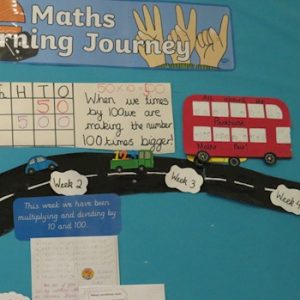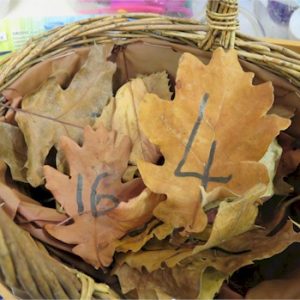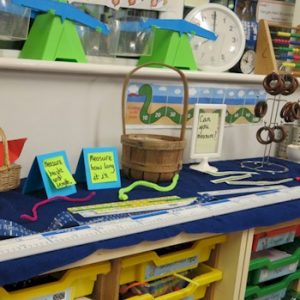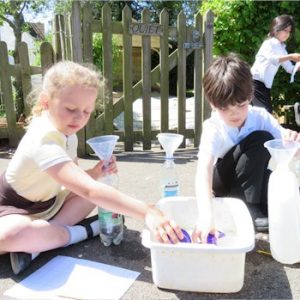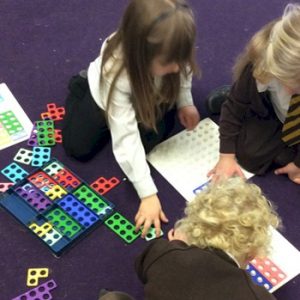
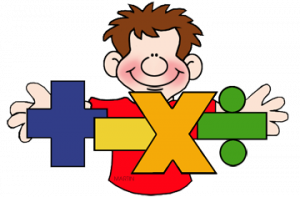 At Sandhurst Primary School it is our intent that every pupil develops a lifelong love of mathematics and pupils are encouraged by the belief that aiming high and challenging themselves at mathematics will help them succeed.
At Sandhurst Primary School it is our intent that every pupil develops a lifelong love of mathematics and pupils are encouraged by the belief that aiming high and challenging themselves at mathematics will help them succeed.
We believe that no pupil should be left behind and want to ensure that all pupils can master concepts before moving onto the next part of the curriculum sequence. We aim to develop a sense of enjoyment and curiosity and provide a programme for progression where all of our pupils are stimulated and challenged.
We are striving to develop both procedural and conceptual understanding in tandem because we recognise that each supports development of the other. From the very start of their journey with us our goal is to build a deep understanding of number, number relationships and develop fluency in addition, subtraction, multiplication and division facts and concepts.
To enable pupils to focus on new concepts, key facts such as multiplication tables and addition facts within 10 are learnt to automaticity to avoid cognitive overload in the working memory.
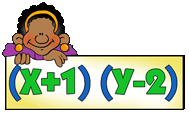 At Sandhurst Primary School, we plan our mathematics lessons using White Rose Maths.
At Sandhurst Primary School, we plan our mathematics lessons using White Rose Maths.
This blocked approach gives pupils extended periods of time to work on mathematical concepts and embed their learning. This is with a view to developing deeper understanding in all pupils and encouraging them to achieve mastery.
Pupils are taught through whole-class interactive teaching, where the focus is on all pupils working together on the same lesson content at the same time.
In conjunction with White Rose Maths, we also teach discrete daily Number Sense Maths lessons from EYFS to Year 3. In addition, we have carefully sequenced the teaching of the multiplication fact families from Year 1 to Year 5. We set weekly homework challenges, using Sumdog to support these.
At Sandhurst Primary School, teaching through White Rose, we adopt the “ping-pong” approach where the teacher leads back and forth interaction including questioning, short tasks, explanation, demonstration and discussion. Each individual lesson (small step) is structured and sequenced as follows:
- Flashback 4 - Retrieval: Flashback 4 is a series of quick questions covering something from the previous lesson, last week and then topics from earlier in the year or, in some cases, last year!
- Get Ready – Here is your starter: The starters are designed to recap learning from previous lessons in the block or recap key knowledge that is needed for the upcoming lesson.
- Let’s Learn –Get Ready for today’s new learning: Introduces and explores the key concept for the lesson together with worked examples to complete as a whole class.
- Our Turn: This section allows the teacher to guide pupils through a specific part of the learning for the lesson. This is an opportunity for teachers to demonstrate metacognition by explaining their process of completing a task. These tasks include are a variety of fluency, reasoning and problem-solving questions to ensure that all pupils are exposed to all elements of the national curriculum.
- Your turn: Pupils now apply the whole class teaching to their independent work.
- Review: How did you do? As a whole class, review the answers and discuss approaches/
- As part of our “ping-pong” approach to teaching maths, steps 4-6 are the repeated as many times as required.
- Think Pink – consolidation challenge: As a class, children draw upon their learning from the lesson to solve and complete the “Think Pink” challenge.
Following our White Rose Curriculum, we use quality-assured lesson resources, teaching slides, sentence stems and assessments to further support children’s developing mathematical skills.
Using White Rose maths, each year is split into three terms: Autumn, Spring and Summer. Each term is divided into three to six blocks of up to 15 sessions (small steps) in each.
| Autumn | Spring | Summer | |
| EYFS | Getting to know you
Just like me! Match and sort, compare amounts, compare size, mass & capacity, exploring pattern, It's me 1, 2, 3! Representing 1, 2 & 3, comparing 1, 2 & 3, composition of 1, 2 & 3, circles and triangles, positional language Light & dark Representing numbers to 5, one more or less, shapes with 4 sides and time |
Alive in 5! Introducing zero, comparing numbers to 5, composition of 4 & 5, compare mass, compare capacity.
Growing 6, 7, 8: 6, 7 & 8, combining two amounts, making pairs and length & height, time. Building 9 & 10 Counting to 9 & 10, comparing numbers to 10, bonds to 10, 3-D shapes, spatial awareness and patterns |
To 20 and beyond: build numbers beyond 10, count patterns beyond 10, spatial reasoning 1, match, rotate and manipulate.
First, then, now : Adding more, taking away, spatial reasoning and compose and decompose. Find my pattern :Doubling, sharing & grouping, even & odd, spatial reasoning 3 and visualise and build. On the move: Deepening understanding, patterns & relationships, spatial mapping and mapping |
| Year 1 |
|
|
|
| Year 2 |
|
|
|
| Year 3 |
|
|
|
| Year 4 |
|
|
|
| Year 5 |
|
|
|
| Year 6 |
|
|
|
Our White Rose curriculum provides opportunities to see what knowledge children have retained and what skills they have mastered through clear curriculum endpoints which help teachers to make judgments about each child’s progress and attainment – please see White Rose National Curriculum Progression document for these end points. Typically, at the end of each unit, children will complete an assessment that takes the form of a short assessment. This provides a summative insight that is used alongside outcomes and pupil voice to assess what has been learned. We do also have three formative assessment points throughout the year too.
Aspirations for the future
We want our pupils to develop a love for mathematics and as a result remind them, if they continue to aim high, as a mathematician they could become an astronaut, a web developer, an engineer, a games creator an architect and many other exciting professions!
